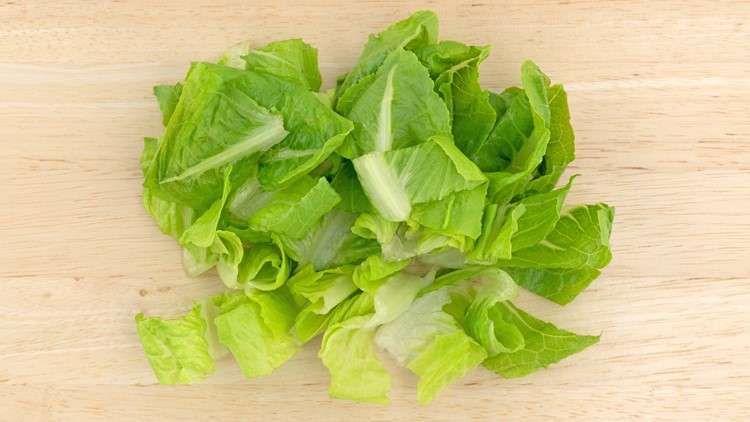Twenty-three additional cases of E. coli illness in a multistate outbreak tied to romaine lettuce were reported by the US Centers for Disease Control and Prevention on Wednesday.
In all, 172 individuals across 32 states have become ill since March 13.
The agency said the latest illnesses began May 2. Symptoms, which begin about three to four days after consuming the bacteria, can include watery or bloody diarrhea, fever, abdominal cramps, nausea and vomiting, according to the CDC.
At least 75 of those sickened have been hospitalized, and 20 have developed hemolytic uremic syndrome, a type of kidney failure.
Iowa, Nebraska and Oregon are the latest states to report illnesses linked to the outbreak, joining 29 states that previously reported cases. California, which has the only reported death linked to this outbreak, has reported the highest number of cases with 39.
Federal health officials have not been able to narrow the source of the E. coli contamination beyond stating that it is from romaine lettuce from the Yuma, Arizona, growing region.
The growing season there ended last month, and according to the US Food and Drug Administration, the last shipments of lettuce from there were harvested April 16.
“It is unlikely that any romaine lettuce from the Yuma growing region is still available in people’s homes, stores, or restaurants due to its 21-day shelf life,” the FDA said Wednesday, an update from previous advice to avoid romaine lettuce unless it’s confirmed to be from outside this growing region.
However, federal health officials are continuing to investigate this outbreak.
“The ongoing traceback investigation indicates that the illnesses associated with this outbreak cannot be explained by a single grower, harvester, processor, or distributor,” the FDA said Wednesday. “FDA will focus on trying to identify factors that contributed to contamination of romaine across multiple supply chains. The agency is examining all possibilities, including that contamination may have occurred at any point along the growing, harvesting, packaging, and distribution chain before reaching consumers.”



